1. Singing Waitstaff
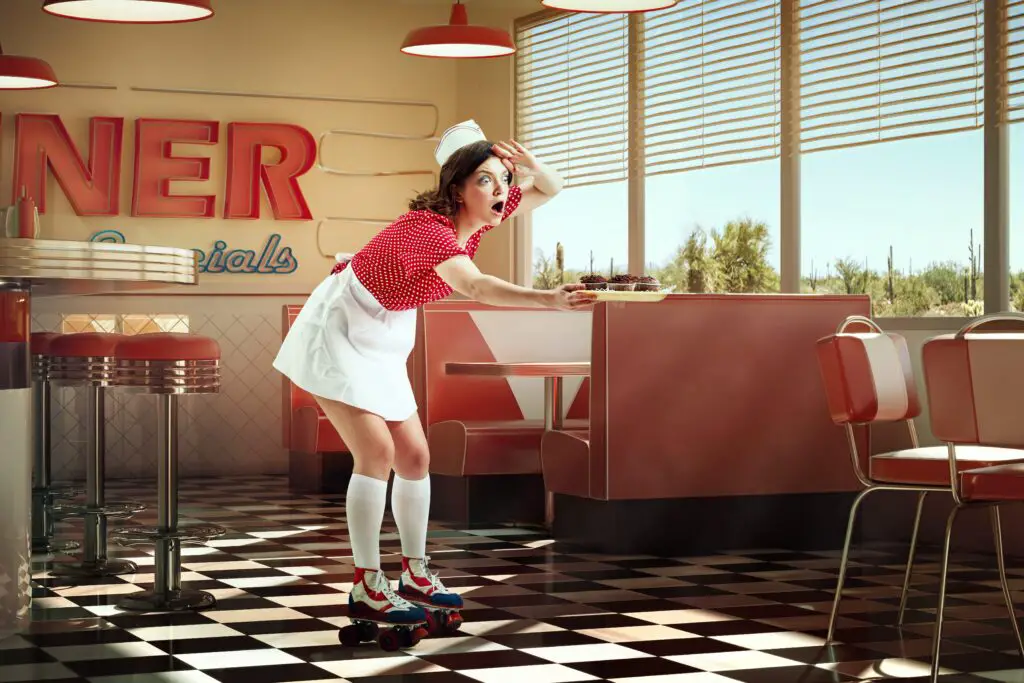
Once upon a time, restaurants thought the best way to entertain diners was to have waiters suddenly break into song. Some places had entire choreographed routines where your server might belt out a Broadway tune while delivering your soup. It sounds whimsical, but most people just wanted to eat in peace without a side of show choir. The novelty often wore off after the second performance of the night, especially when the food cooled during the song.
In hindsight, it’s hard to imagine people signing up for this repeatedly, but it was once a popular attraction in tourist towns. The staff had to balance customer service with rehearsals, which often led to mixed results. While it created memories for some, others found it downright awkward. Today, it would probably be seen as intrusive instead of charming.
2. Mystery Meat Nights
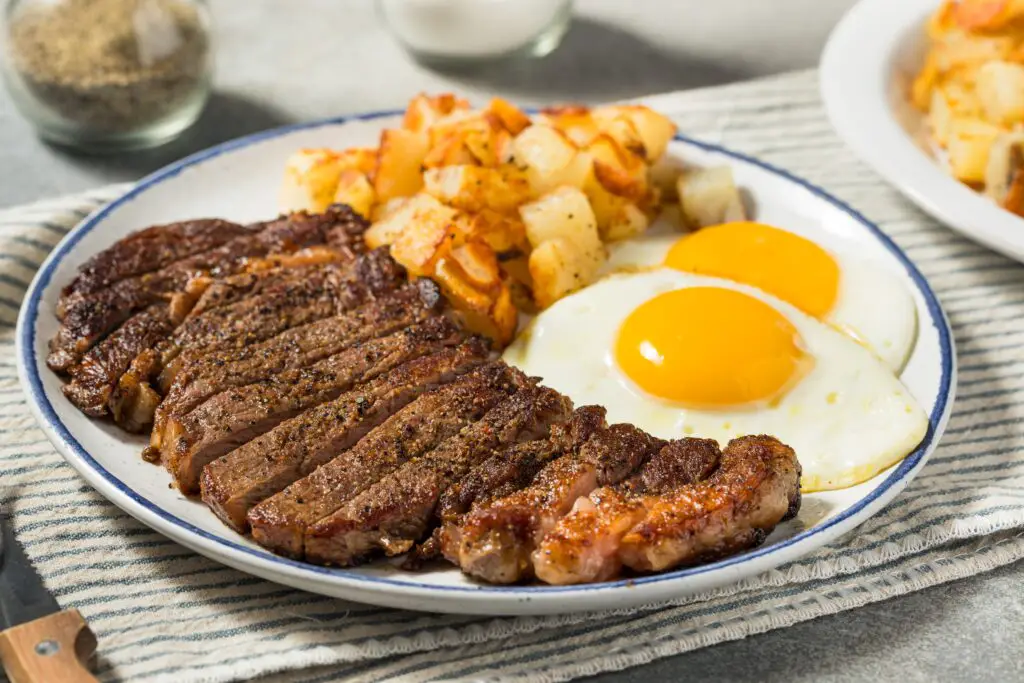
Some restaurants once promoted “mystery nights,” where you didn’t know what protein would end up on your plate. Guests were told to “trust the chef,” which sounds adventurous until you realized you might end up with something you’d never order. It became a gimmick to get rid of surplus ingredients, and diners were left trying to guess what they were eating.
This worked for a brief time when people were less picky or simply amused by the concept. But once food safety concerns and dietary preferences came into play, the practice fizzled quickly. It’s the kind of thing that feels quirky at first but would cause outrage today. After all, no one wants to gamble with dinner when allergies or sensitivities are involved.
3. Salad Bars with Everything
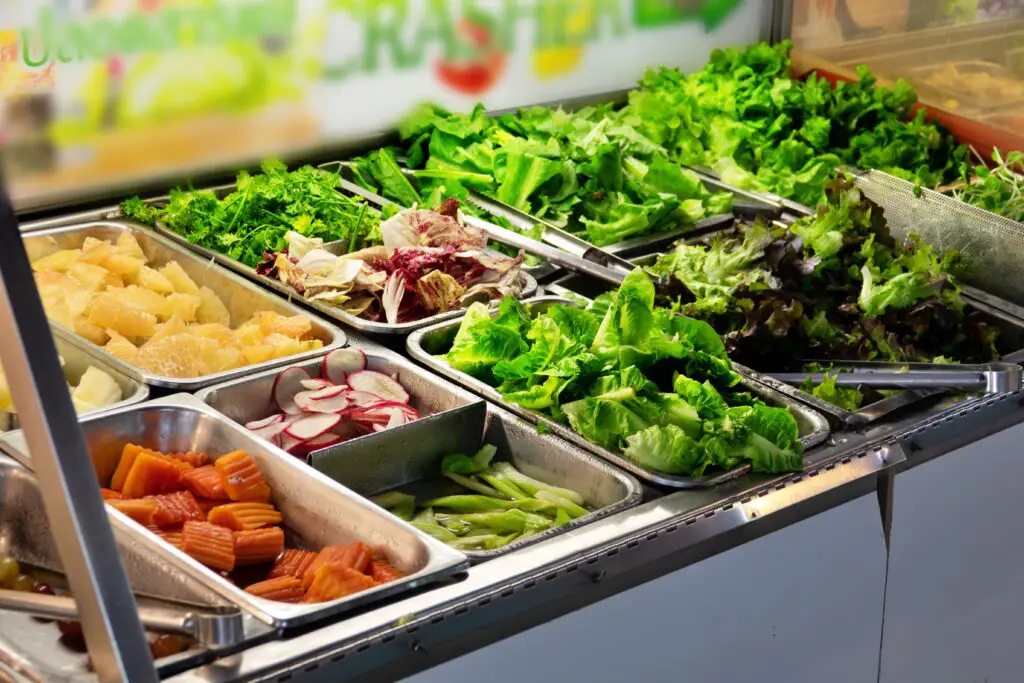
In the ’70s and ’80s, the all-you-can-eat salad bar was king. Restaurants competed to pile theirs with everything from croutons to chocolate pudding, all sitting out under questionable sneeze guards. People loved building their “masterpieces,” but it was also a health inspector’s nightmare.
The freedom to pile on toppings was exciting, but many diners walked away with plates stacked higher than their main course. Eventually, concerns over cleanliness, cross-contamination, and food waste made them feel more like a liability than a perk. What once felt like luxury now just seems unsanitary. Most modern places stick to pre-made salads for a reason.
4. Dine in the Dark

Some restaurants experimented with pitch-black dining rooms, claiming that eating without sight heightened taste. Diners were led in by staff with night-vision goggles, and then you had to find your fork and plate by feel. The idea was supposed to be sensory exploration, but often it just meant spilled drinks and awkward fumbling.
For a short while, it was marketed as edgy and exclusive, but most customers left feeling more frustrated than enlightened. Instead of savoring flavors, many just hoped they didn’t accidentally stab their neighbor. While it survives in a few novelty spots, it’s more of a quirky memory than a lasting trend. Eating in the dark may sound thrilling, but it wasn’t exactly practical.
5. Bottomless Bread Baskets
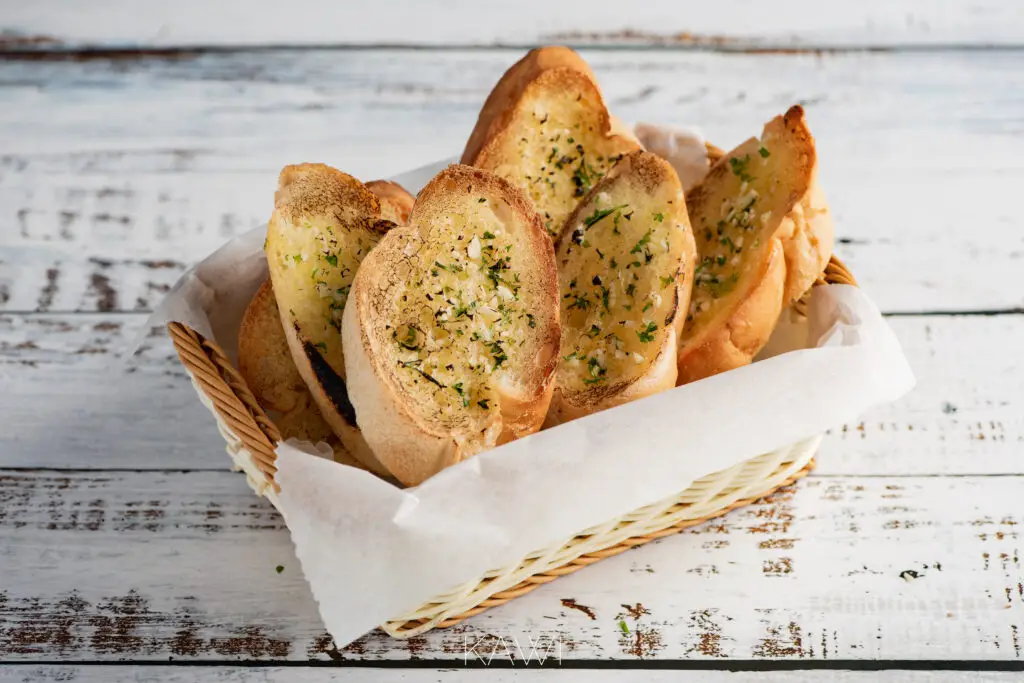
There was a time when restaurants used bottomless bread as a way to keep customers happy. Endless rolls, breadsticks, or cornbread would arrive before the meal even started. It seemed generous, but it often left people too full to order much else. Restaurants eventually realized they were cutting into profits rather than increasing them.
Customers, meanwhile, started expecting it as a given, which led to disappointment when newer establishments skipped the tradition. Over time, bottomless bread fell out of fashion as menus moved toward healthier and leaner offerings. It sounds nice in theory, but it created waste and ruined appetites. Nowadays, most places limit the freebies to a single basket.
6. Jukebox at Every Table
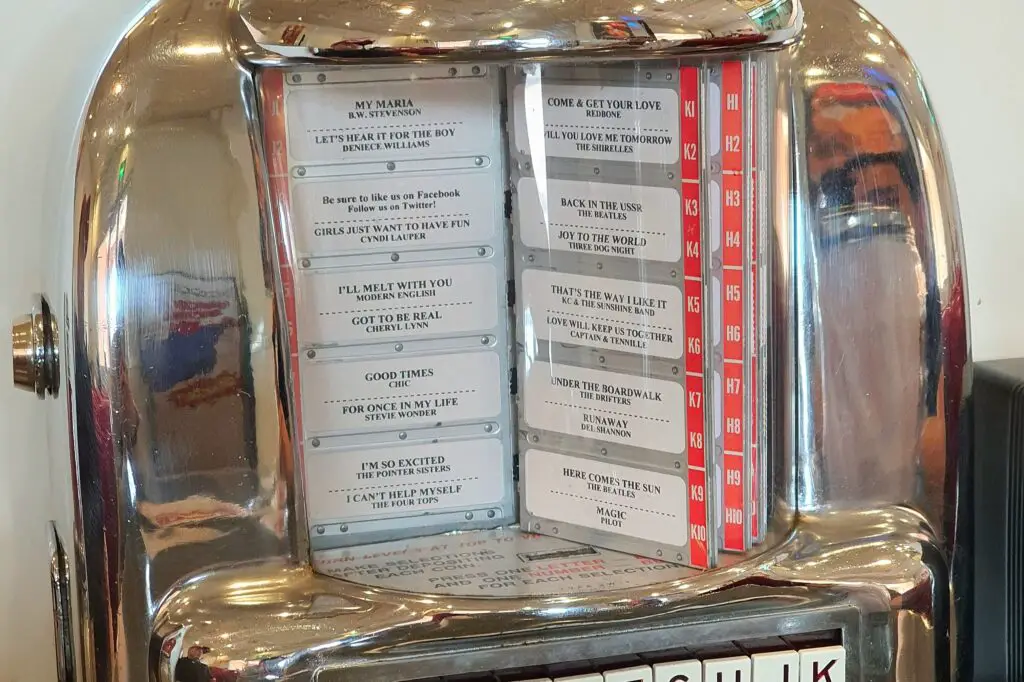
Many diners used to boast little jukeboxes at each booth, letting you pick songs for a few coins. It was part of the charm, but it also meant the same three songs often blared endlessly throughout the night. People loved the control, but restaurant staff probably hated hearing “Blue Suede Shoes” on repeat.
Eventually, the machines became outdated and costly to maintain, and customers lost interest as personal music players took over. The idea now feels more like an annoyance than a treat. Imagine trying to enjoy a quiet dinner while multiple tables battled over the soundtrack. It was fun for a while, but not exactly timeless.
7. Roller-Skating Servers
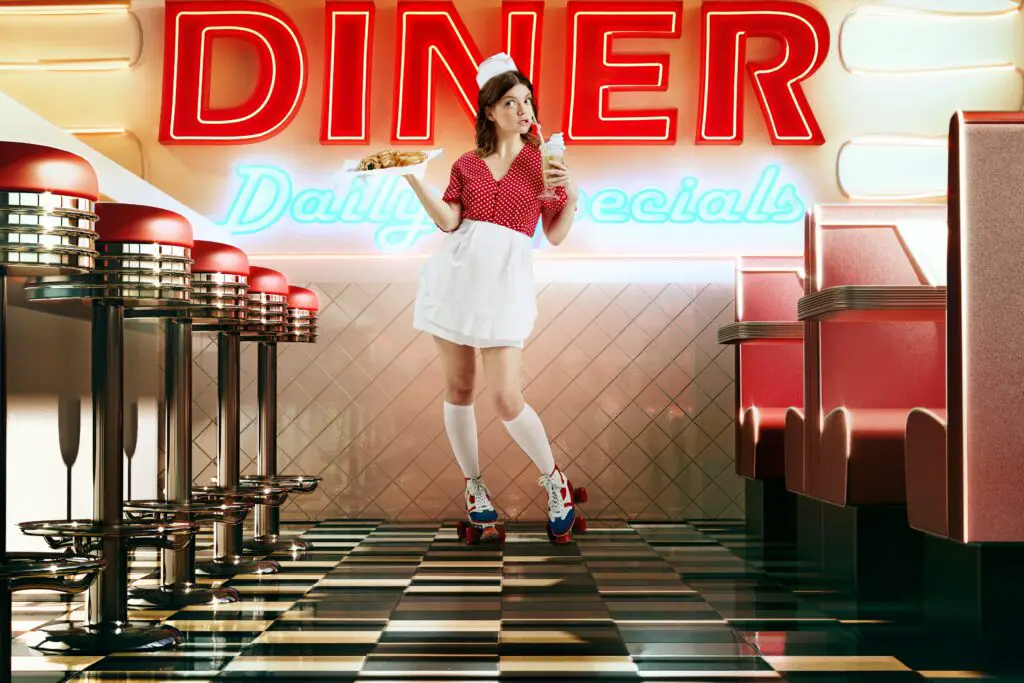
In the ’50s and ’60s, roller-skating carhops were a big draw at drive-in restaurants. Servers would zip around the parking lot balancing trays of burgers and shakes on skates. It looked fun and exciting, but it wasn’t exactly safe for the staff. Accidents were common, and spilled food was practically part of the show.
The novelty wore thin as liability concerns grew and insurance rates skyrocketed. While it’s a nostalgic image of Americana, most workers were just trying not to fall on their faces. Customers today might find it more stressful than charming. It’s one of those ideas that makes sense only in the rearview mirror of history.
8. Live Animal Displays
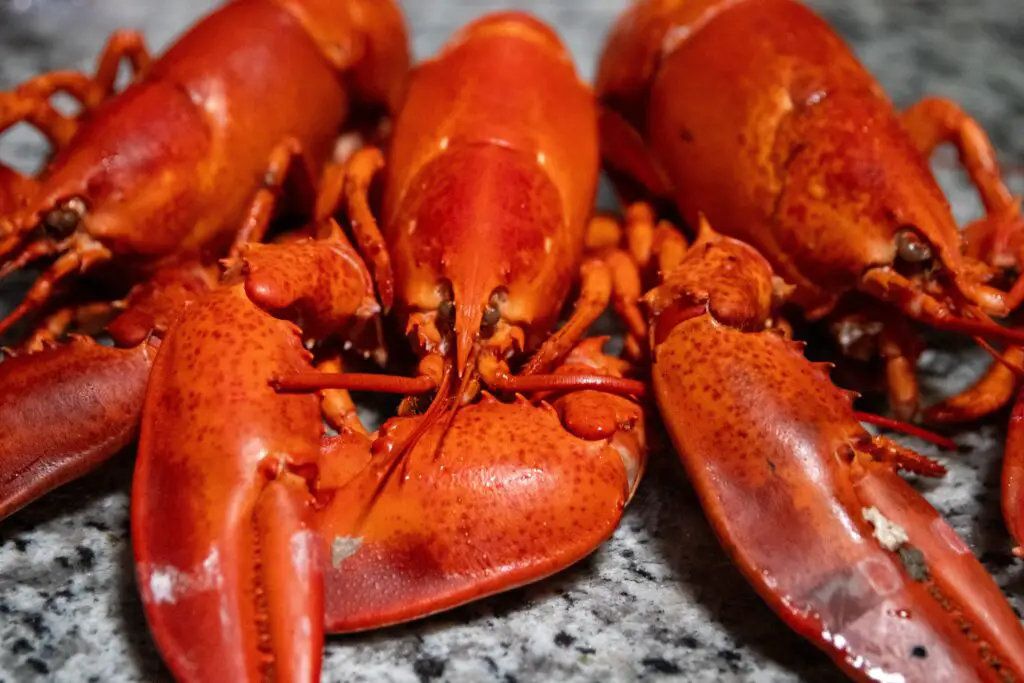
Some high-end restaurants once thought it was appealing to keep live lobsters or fish in tanks for diners to “pick their meal.” Others took it further, showcasing live chickens or exotic animals as part of the décor. At the time, it was seen as fresh and theatrical, but it would raise serious ethical concerns now.
What seemed like an upscale experience often left customers queasy rather than impressed. Watching your dinner swim moments before it landed on your plate isn’t exactly appetizing for everyone. Health and safety regulations eventually put an end to most of these stunts. Looking back, it feels more cruel than entertaining.
9. Tableside Magic Tricks
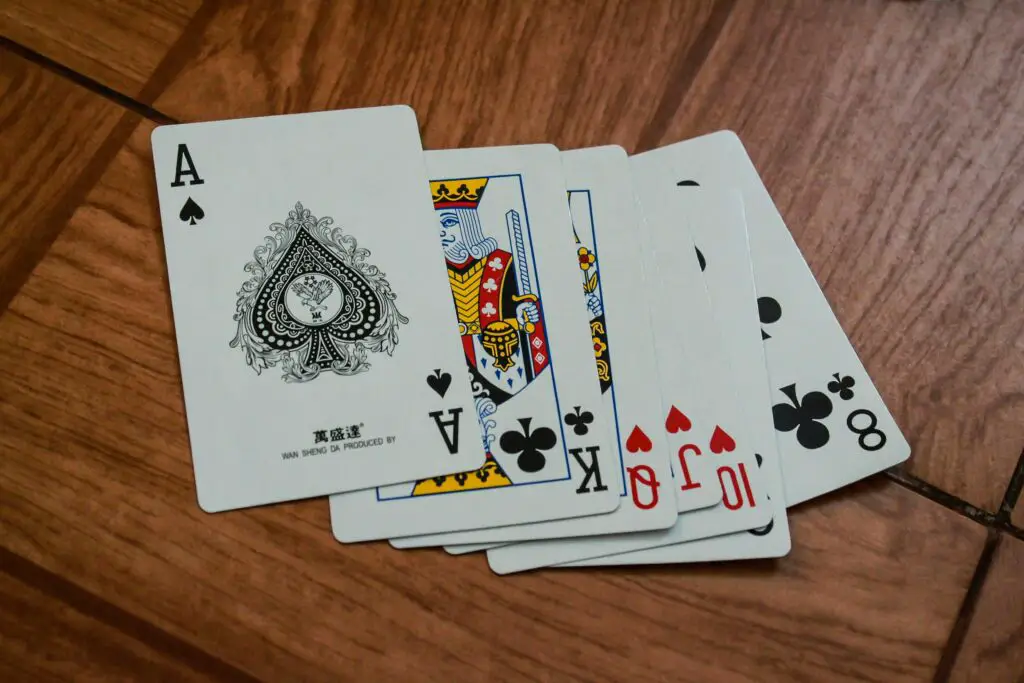
Restaurants once hired magicians to visit each table and perform tricks between bites. Some kids were thrilled, but adults often found it disruptive when they just wanted to chat. The tricks varied from card games to pulling coins out of ears, but after the fifth time, it could feel repetitive.
For a while, it was marketed as family-friendly fun, but the gimmick rarely translated into better food sales. Once customers realized they were paying more for “entertainment” than quality meals, interest waned. Today, magic is usually left for dedicated shows, not dinner tables. It’s a reminder that not every dining experience needs a sideshow.
10. Over-the-Top Theme Décor
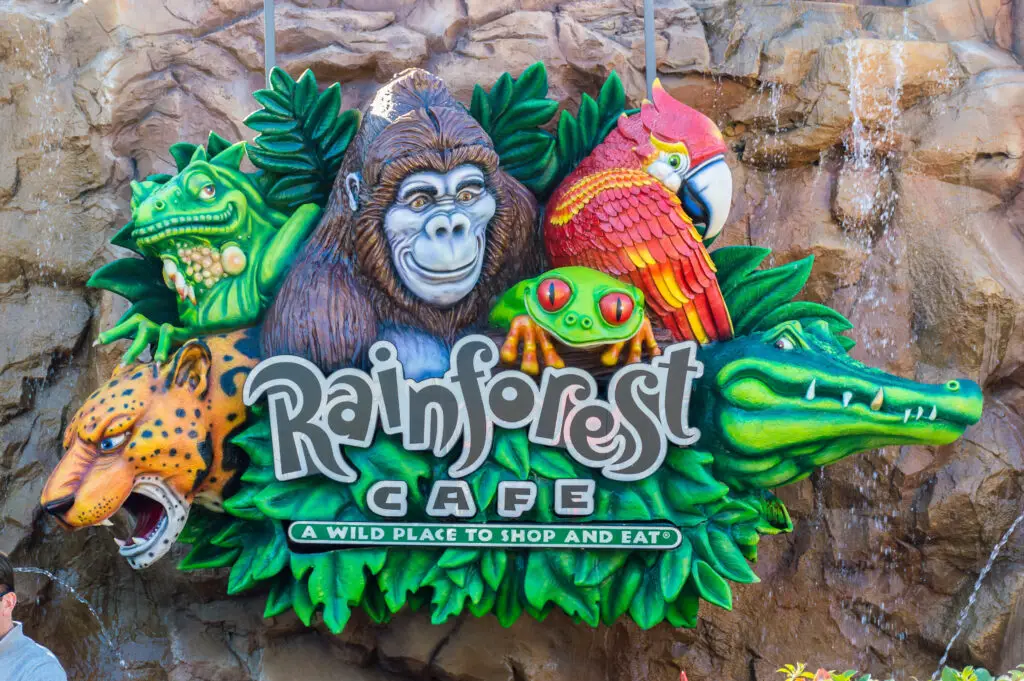
From rainforest cafés with thunderstorms to medieval castles complete with armor, themed restaurants went all-in during their heyday. The décor was often so elaborate that the food became an afterthought. Kids loved the spectacle, but adults usually felt it was overpriced and noisy.
The novelty was fun once or twice, but most people didn’t want to eat dinner under fake jungle mist every week. These concepts often cost more to maintain than they made back in sales. What was once billed as an immersive experience is now remembered as kitsch. Most diners would rather have a good meal than a talking animatronic tree.
11. Communal Tables for Strangers
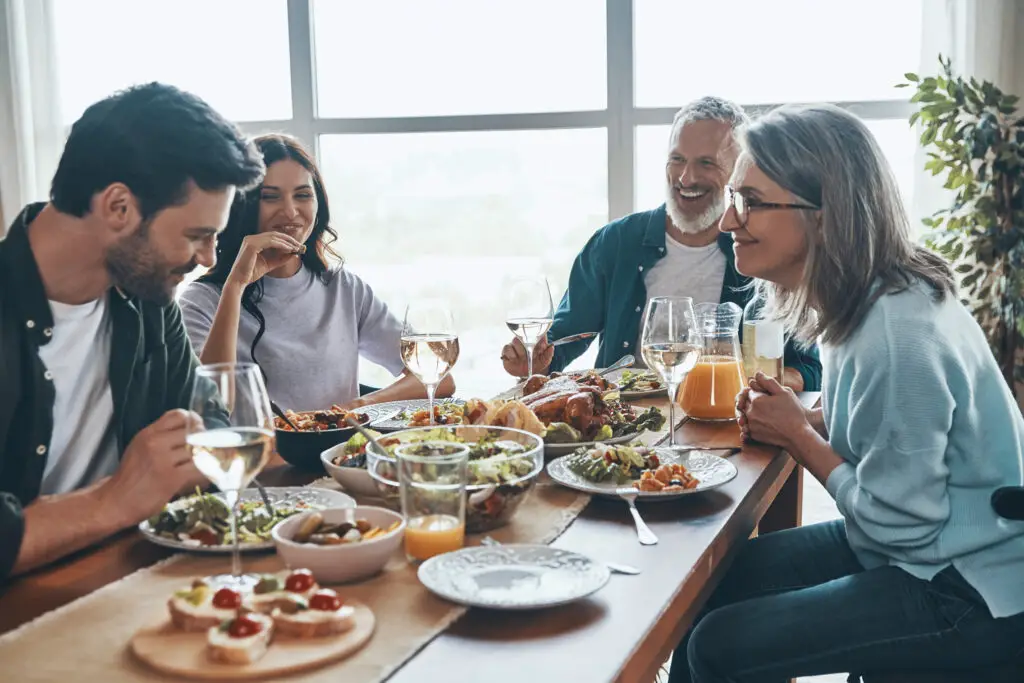
Some restaurants pushed the idea of “forced mingling” by seating strangers together at long communal tables. It was supposed to encourage conversation and make dining more social. In reality, it often just made things uncomfortable. People weren’t thrilled about having their romantic dinner next to a loud bachelor party.
The idea still pops up in hipster spots, but most people prefer privacy when they’re eating. Sharing space with strangers often led to awkward silences or unwanted chatter. It was a noble experiment that mostly fell flat. Dining is personal, and not everyone wants to make friends over their fries.
12. Gimmicky Eating Challenges
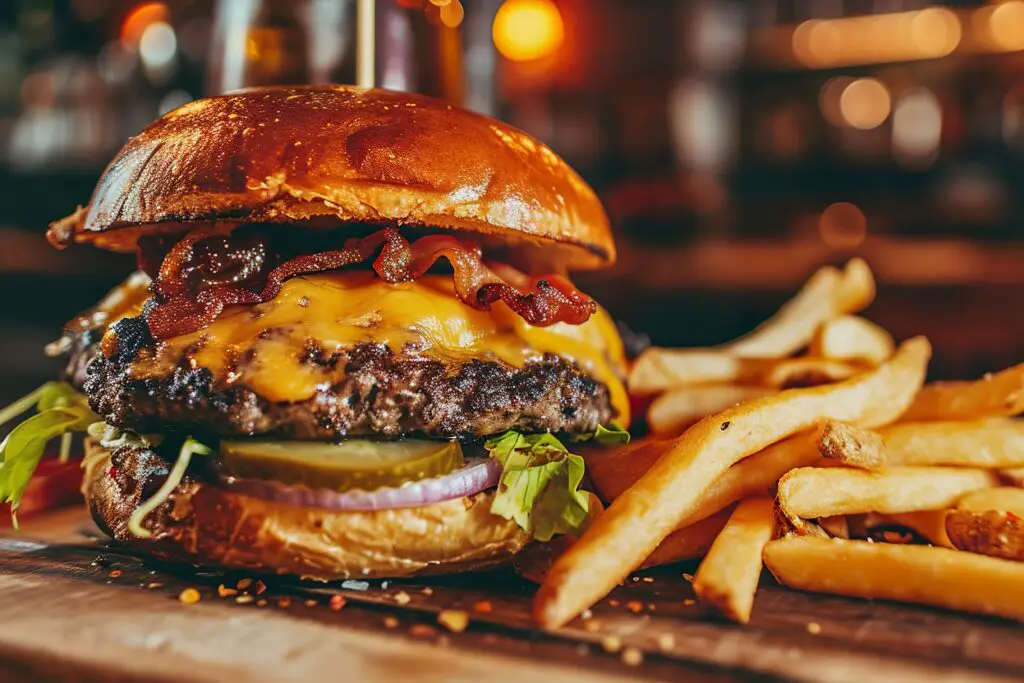
Many restaurants once thrived on “eat this giant burger in under an hour and it’s free” challenges. Customers lined up to watch someone attempt to consume a mountain of food. It was good for laughs, but rarely for digestion. Most participants walked away feeling sick rather than victorious.
Over time, these challenges became less about fun and more about shock value. Health concerns and food waste eventually caught up to the trend, and fewer restaurants wanted to be associated with gluttony. While some spots still try it for publicity, it’s no longer mainstream. Looking back, it feels more absurd than appetizing.
13. Gimmick Phones at the Table
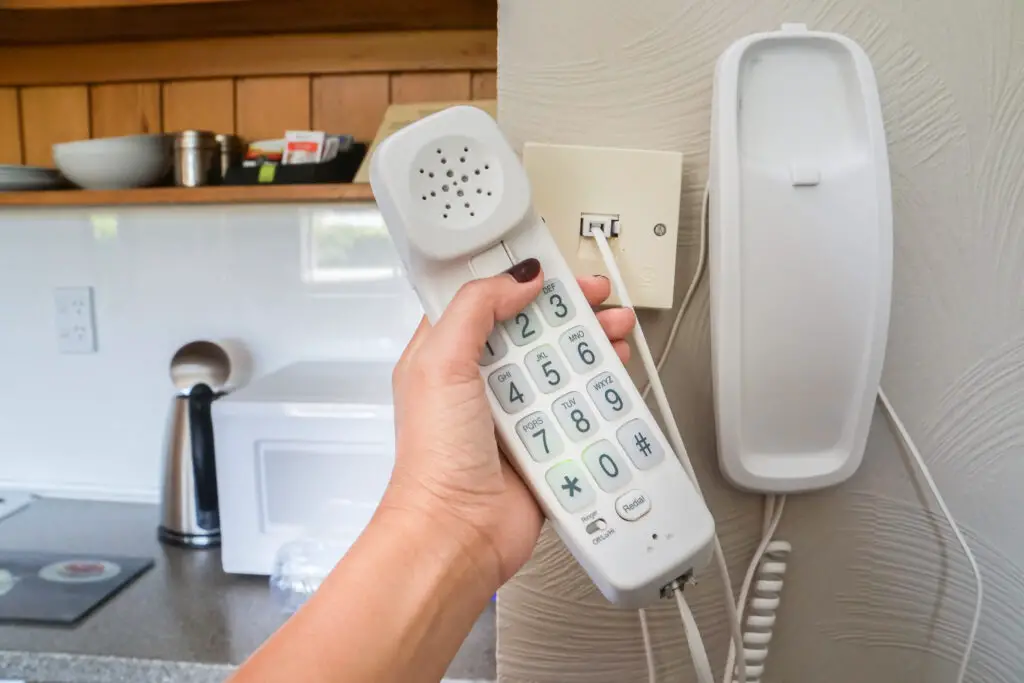
In the ’80s, some restaurants thought it was a great idea to install landline phones at each booth so guests could call the kitchen or even other tables. It sounds quirky, but it often led to prank calls between diners and confused staff trying to figure out which table actually wanted service. People would pick up the phone to order dessert or, worse, just to mess around.
At first, it was seen as futuristic and fun, but it quickly turned into a headache. Servers still had to check in person anyway, so the phones were mostly redundant. Customers lost interest as soon as the novelty wore off, and soon the dusty receivers were just decoration. Today, with everyone glued to cell phones, the thought of using a germ-covered shared landline feels more gross than glamorous.
14. Dinner and a Gong
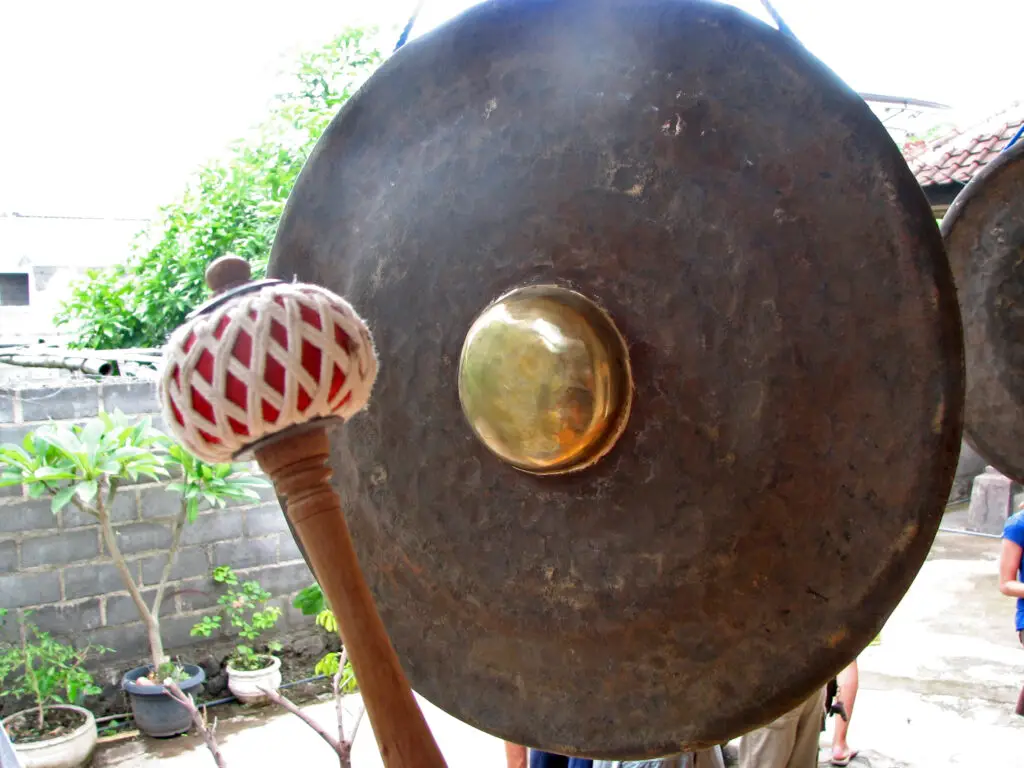
Some places leaned into theatrics by striking a giant gong whenever someone ordered a certain dish or a celebration was happening. At first, it made people laugh and clap, but it grew tiresome fast. Imagine trying to enjoy a quiet meal only to be jolted by a booming gong every ten minutes.
It was meant to add excitement, but most diners found it disruptive and a little over-the-top. Staff often dreaded it as much as customers, since they had to bang it on cue. The practice eventually died out because it felt more like a carnival than a restaurant. Looking back, it seems more like a stunt than an enhancement.
15. Soup Served in Bread Bowls the Size of Your Head
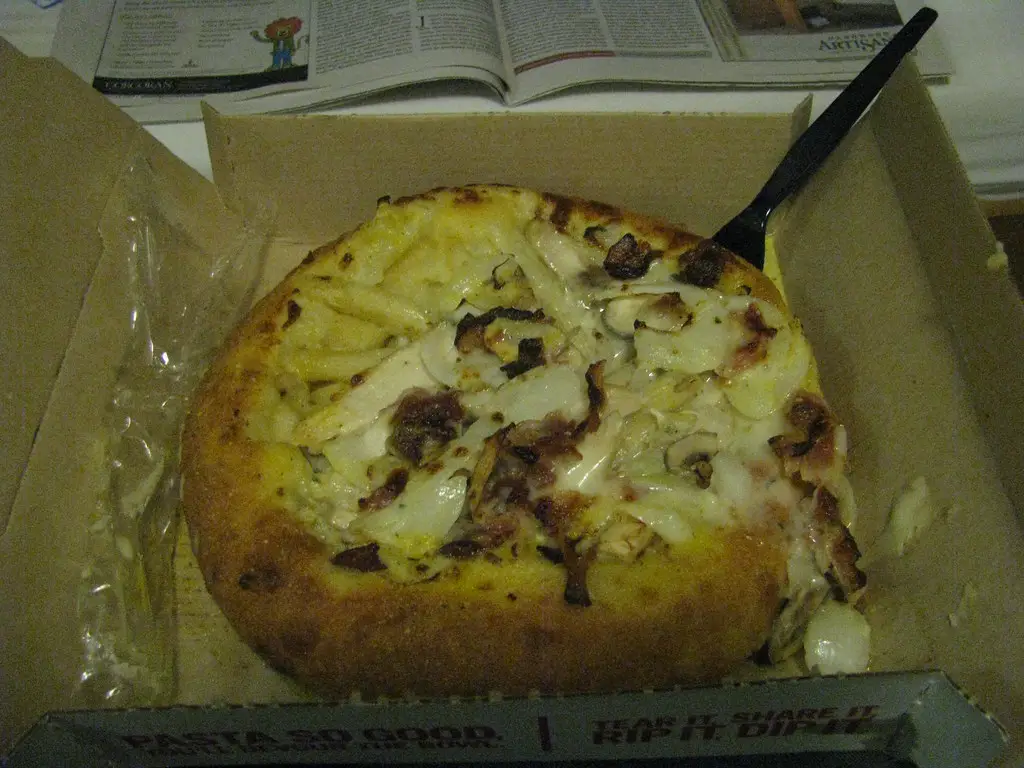
There was a time when “everything in bread bowls” was the hot new gimmick. Soup, pasta, even salads were piled into oversized loaves of bread that looked impressive but quickly turned soggy. Diners often found themselves with a mess of wet dough and a meal that collapsed halfway through.
Sure, it felt indulgent, but it wasn’t exactly practical. Most people couldn’t finish the bread after eating the actual dish, so it became a massive waste. The idea still lingers here and there, but the extreme bread craze of the ’90s has largely faded. It’s one of those gimmicks that sounds great on paper but never really held up.
16. Talking Robots as Hosts
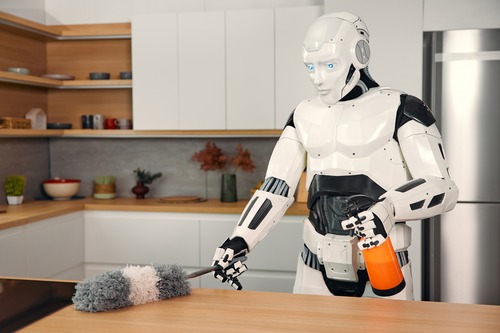
In a bid to be futuristic, some restaurants experimented with robotic greeters. These clunky machines would roll up, speak in tinny voices, and sometimes take your name for a reservation. While it seemed like a peek into the future, the robots often malfunctioned or confused guests. Kids thought it was hilarious, but adults mostly found it awkward.
The robots couldn’t exactly handle complex requests or answer questions beyond a script. Staff still had to step in constantly, making the machines more of a nuisance than a help. The gimmick disappeared as fast as it came, proving that technology isn’t always the answer. It’s the kind of thing people remember fondly for nostalgia, not convenience.
17. DIY Hibachi Without the Chef
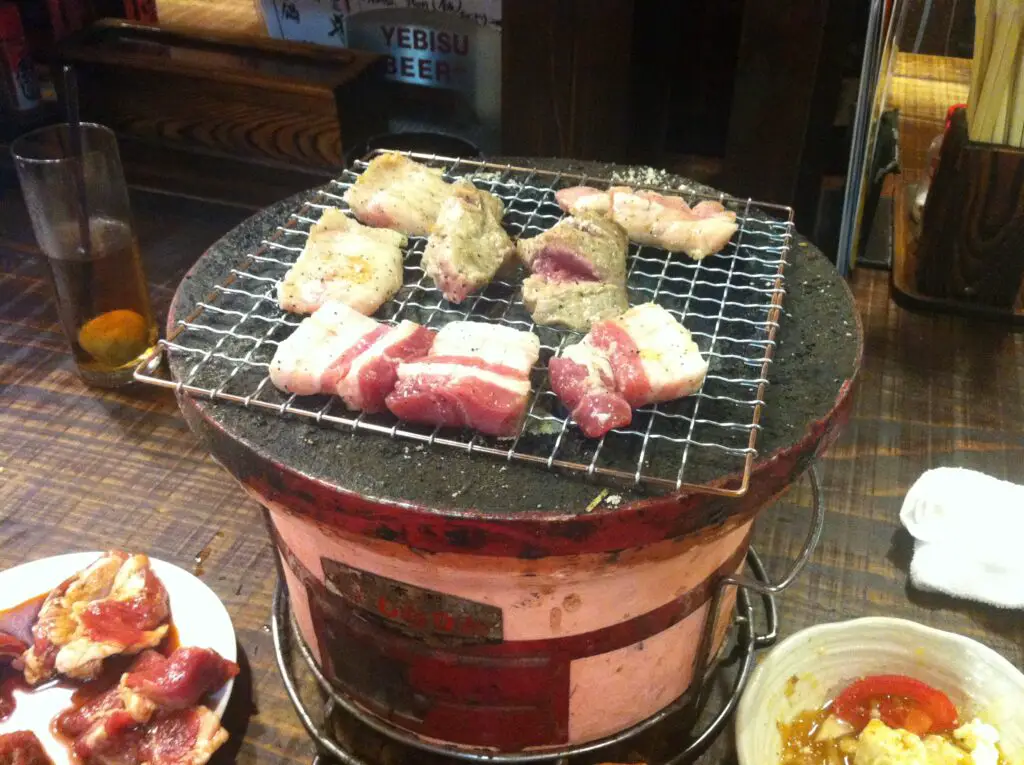
At one point, restaurants tried to cash in on the hibachi craze by letting diners cook their own food on small grills built into the tables. It sounded interactive, but it mostly ended in burnt meat, smoke-filled dining rooms, and impatient customers. Without skilled chefs flipping shrimp into their hats, the charm just wasn’t there.
It quickly became obvious that people didn’t actually want to cook at a restaurant—they wanted someone else to do it for them. Liability issues also cropped up when guests inevitably burned themselves. The DIY approach fizzled, leaving true hibachi experiences to the professionals. Today, the idea seems less fun and more like extra work.
18. Glow-in-the-Dark Menus
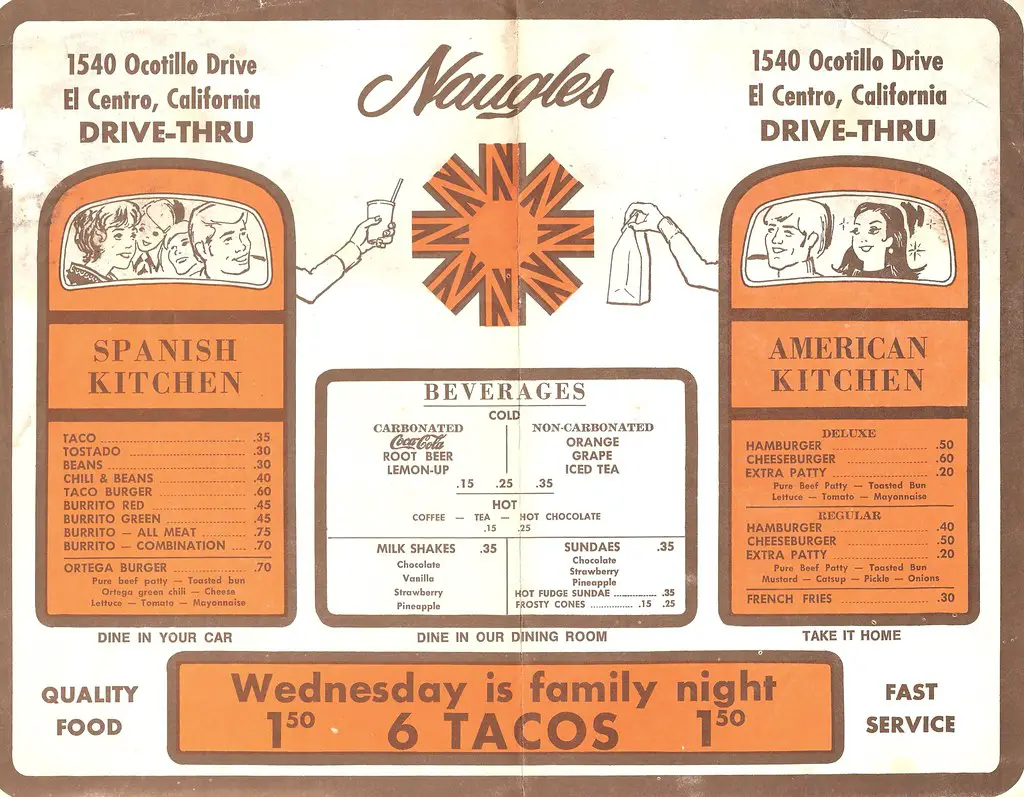
Some restaurants thought it was clever to offer glow-in-the-dark or blacklight menus. They’d dim the lights and encourage guests to read from neon pages that looked like something out of an arcade. At first, it was eye-catching, but it made the place feel more like a novelty lounge than a serious restaurant.
People complained that the gimmick was straining on the eyes, and the menus themselves often wore out quickly. Once the “wow” factor faded, it just came across as tacky. Customers wanted to focus on the food, not decipher fluorescent letters under UV light. It’s one of those concepts that makes sense for a nightclub, but not for dinner.
